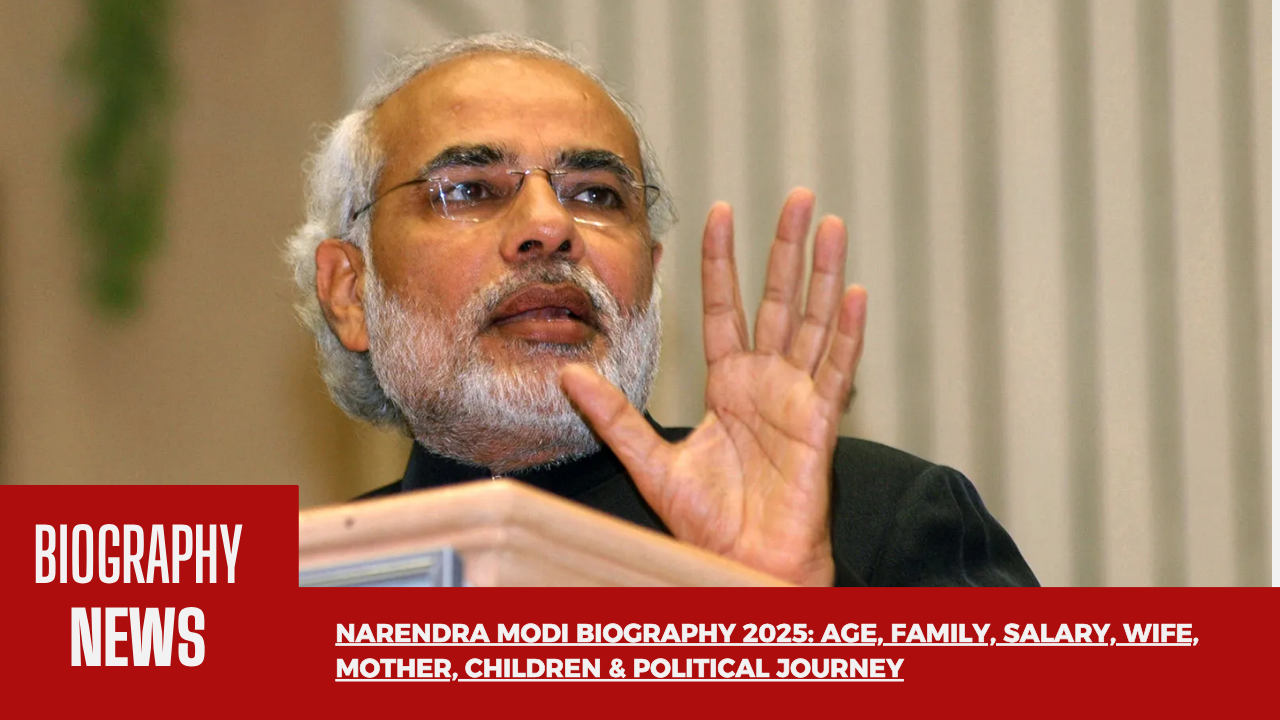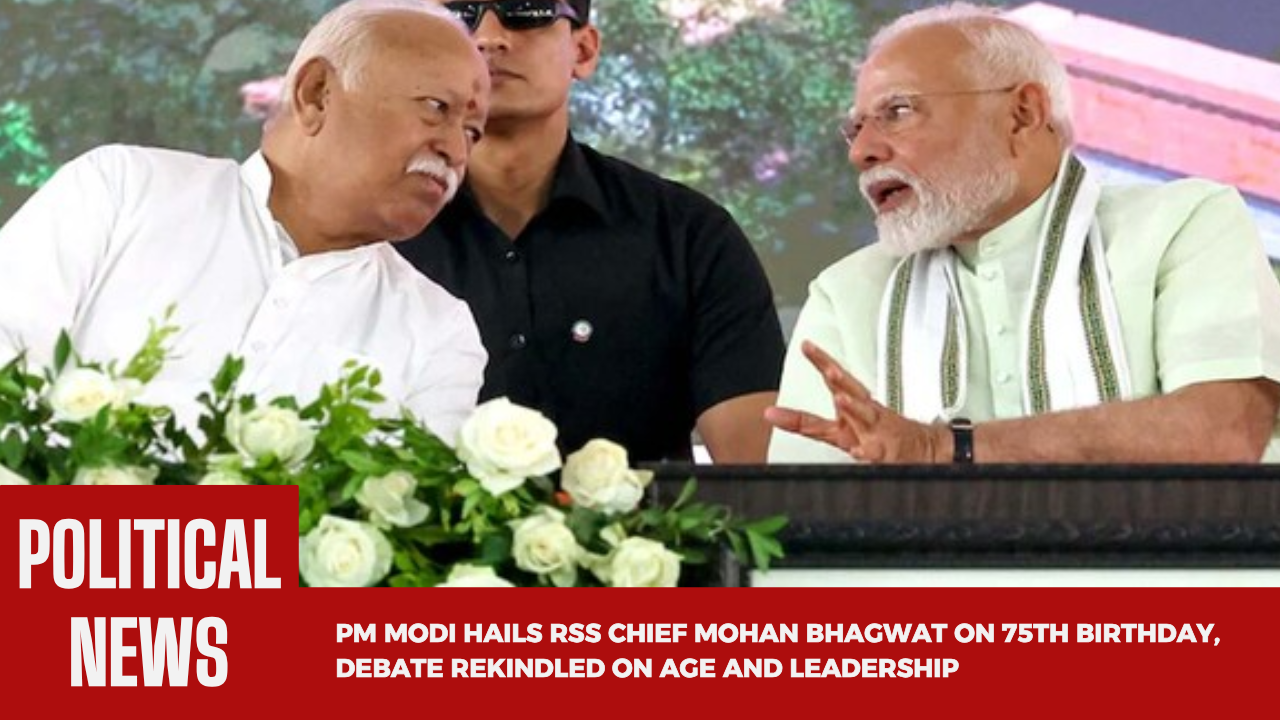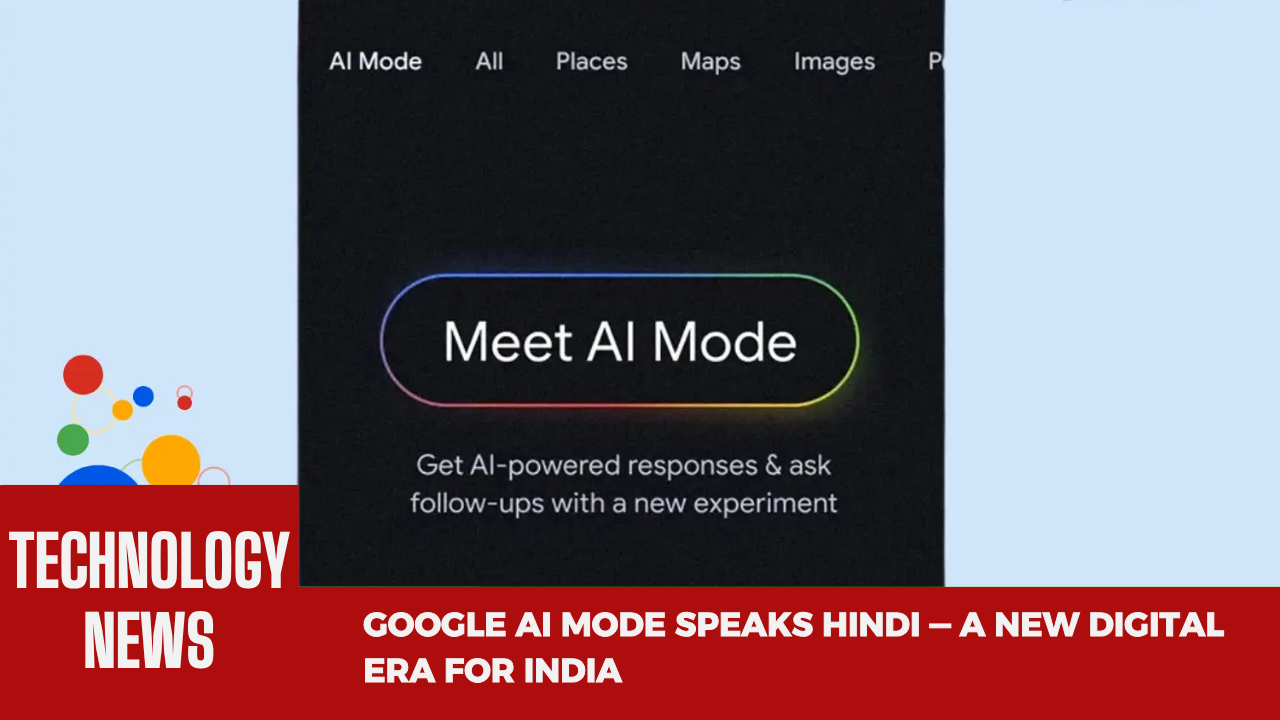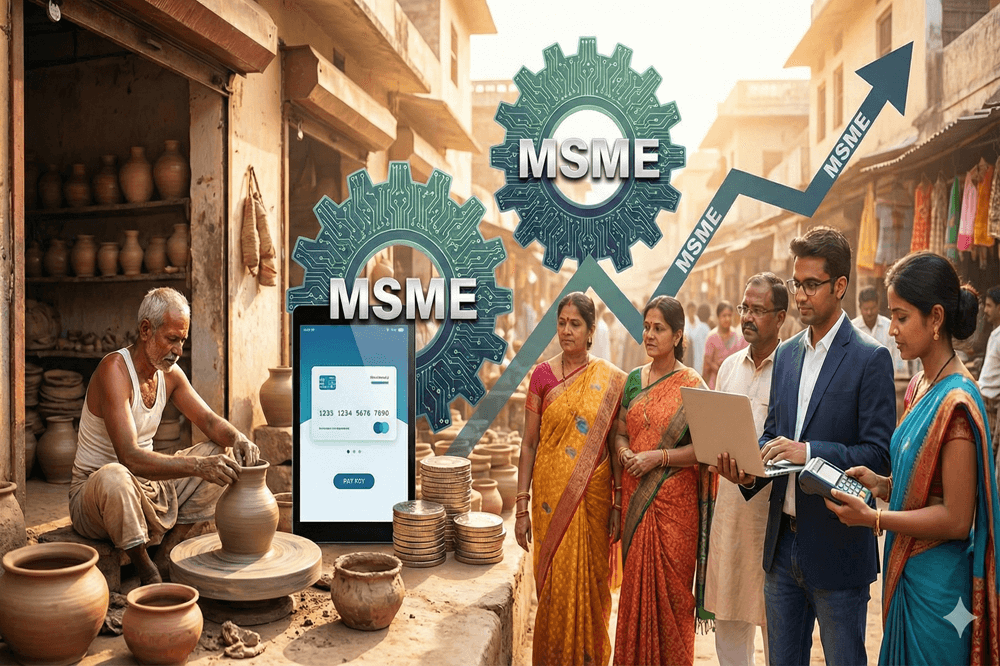Written by Rahul | September 9, 2025
When Google makes a move, the world usually pays attention. But this time, it feels different — more personal for millions of Indians. In its latest update, Google has expanded its AI Mode to five new languages: Hindi, Indonesian, Japanese, Korean, and Brazilian Portuguese. And yes, that single addition — Hindi — could redefine how Indians use the internet.
Why Hindi Matters in the AI Revolution
For years, most AI-powered tools were chained to English. If you weren’t comfortable in English, the so-called “smart” technology didn’t feel very smart. But with this rollout, Google is finally tearing down that barrier.
Think about it. Around 500 million Indians prefer Hindi as their first language. Until now, they’ve been left out of the AI boom. Now, they can ask questions, get summaries, draft emails, or even explore creative writing — all in Hindi.
Example: Instead of typing “air pollution forecast in Delhi next week,” someone could simply ask: “दिल्ली में अगले हफ्ते प्रदूषण का स्तर कैसा रहेगा?” And Google’s AI would respond in the same language, with context-rich insights. That’s not just technology. That’s inclusion.
Beyond Hindi: The Global Impact
Google didn’t stop at Hindi. By adding Indonesian, Japanese, Korean, and Brazilian Portuguese, it’s tapping into billions of new users worldwide. Each language opens up doors: Indonesian for Southeast Asia’s fastest-growing digital market, Japanese and Korean for highly tech-driven societies, and Brazilian Portuguese for Latin America’s largest internet population. This is Google’s way of saying: AI isn’t for the elite few; it’s for everyone.
What It Means for India
Here’s why this update is more than a headline: Businesses must adapt because customers will increasingly interact in Hindi. If your website or app doesn’t support it, you risk losing visibility. Students gain access, as Hindi-speaking children can now use AI as a study companion. Small towns go digital — a shop owner in Kanpur or a farmer in Madhya Pradesh can use AI without worrying about English. Creators find a voice, since bloggers, writers, and influencers can generate ideas and content directly in Hindi. In short, the playing field just got wider.
The Challenges Ahead
Of course, this isn’t a magic fix. Anyone who’s tried Google Translate knows that language is messy. Context, culture, idioms — machines often stumble. Hindi, with its endless dialects and layered meanings, will test AI like never before. But even with hiccups, the direction is clear. Every mistake is just one step closer to fluency.
AI Mode is now available in five new languages around the world 🌐
— Google (@Google) September 8, 2025
Starting today, you can use our most powerful Search experience in:
🇮🇳 Hindi
🇮🇩 Indonesian
🇯🇵 Japanese
🇰🇷 Korean
🇧🇷 Brazilian Portuguese
Learn more → https://t.co/lJegnNQZ7P pic.twitter.com/k7rNCD80aJ
The Bigger Picture
Zoom out, and this update signals the future of the internet: local-first AI, where regional languages matter as much as English; equal access, with technology no longer limited by linguistic privilege; empowered users, where even the non-English-speaking majority can fully engage online. For India, it feels like a shift. The internet is finally speaking our language — literally.
FAQs
Q. What is Google AI Mode in Hindi?
It’s Google’s AI-powered search and assistant experience, now available in Hindi, allowing users to ask questions and get insights in their native language.
Q. Which languages were added besides Hindi?
Indonesian, Japanese, Korean, and Brazilian Portuguese.
Q. How will this help Indian users?
It makes AI accessible to millions who aren’t comfortable in English, empowering students, small businesses, and creators.
Read More Tech News:
Everything Apple Plans to Show at Tuesday’s ‘Awe Dropping’ iPhone 17 Event
Maruti Suzuki Victoris Launch: Safety, Hybrid Tech, and a Festive Season Push
About the Author
Rahul is a staff journalist at Newstic.in, specializing in national and international news with a strong focus on business, technology, and culture. With a background in digital reporting and a sharp eye for accuracy, Rahul delivers stories that blend clarity, depth, and relevance for today’s readers. His work reflects Newstic’s commitment to credible, fact-checked journalism that informs and engages audiences across India and beyond.
Disclaimer
This article has been prepared and published by Newstic.in for informational and news reporting purposes only. While every effort has been made to ensure accuracy and reliability, readers are advised that details such as prices, specifications, dates, or other event-related information may change over time. Newstic.in does not take responsibility for any business or personal decisions made based on this content. For the latest updates, always refer to official announcements, verified sources, or consult with relevant professionals. Opinions expressed by analysts, buyers, or third parties quoted in this article are their own and do not necessarily reflect the views of Newstic.in.















